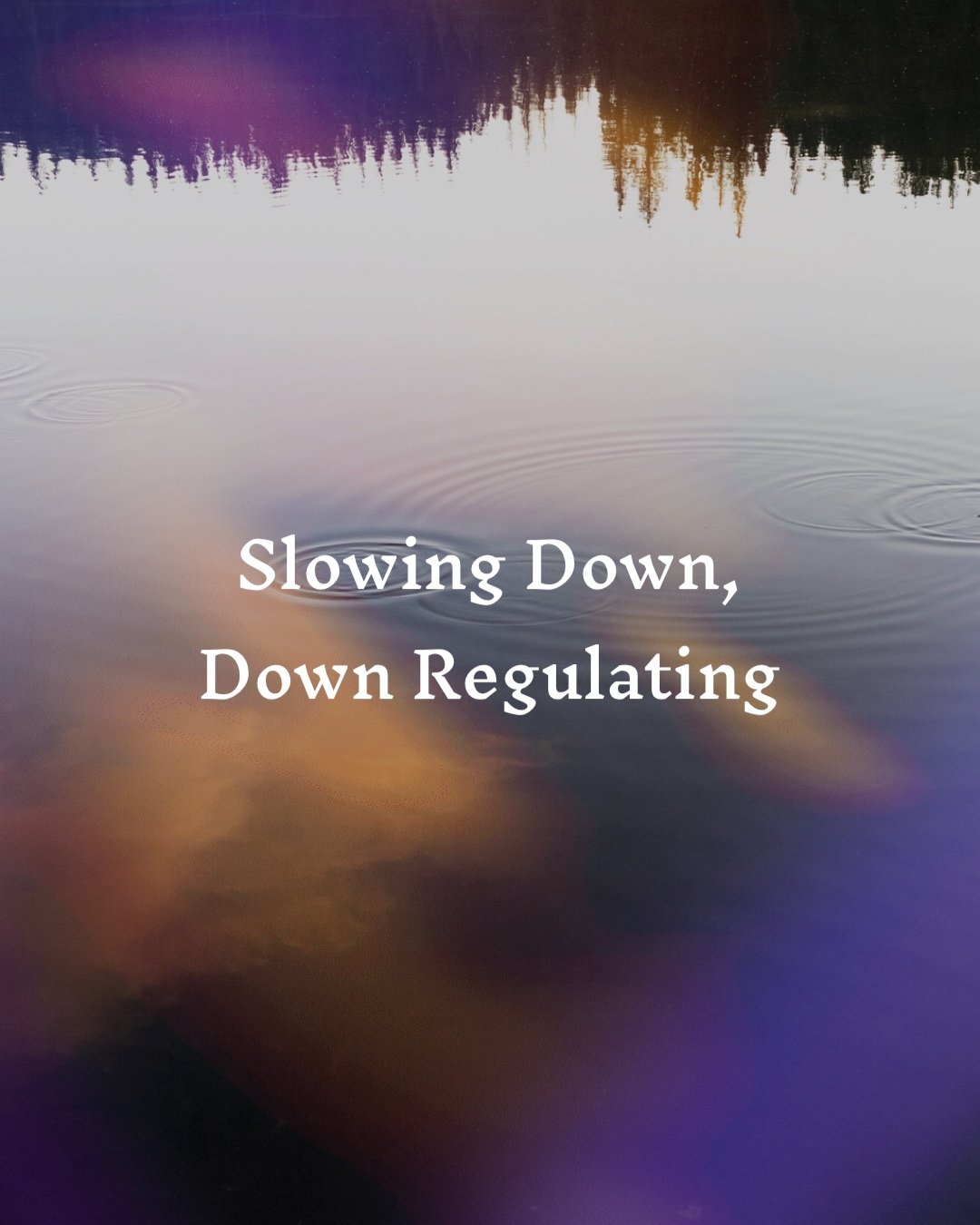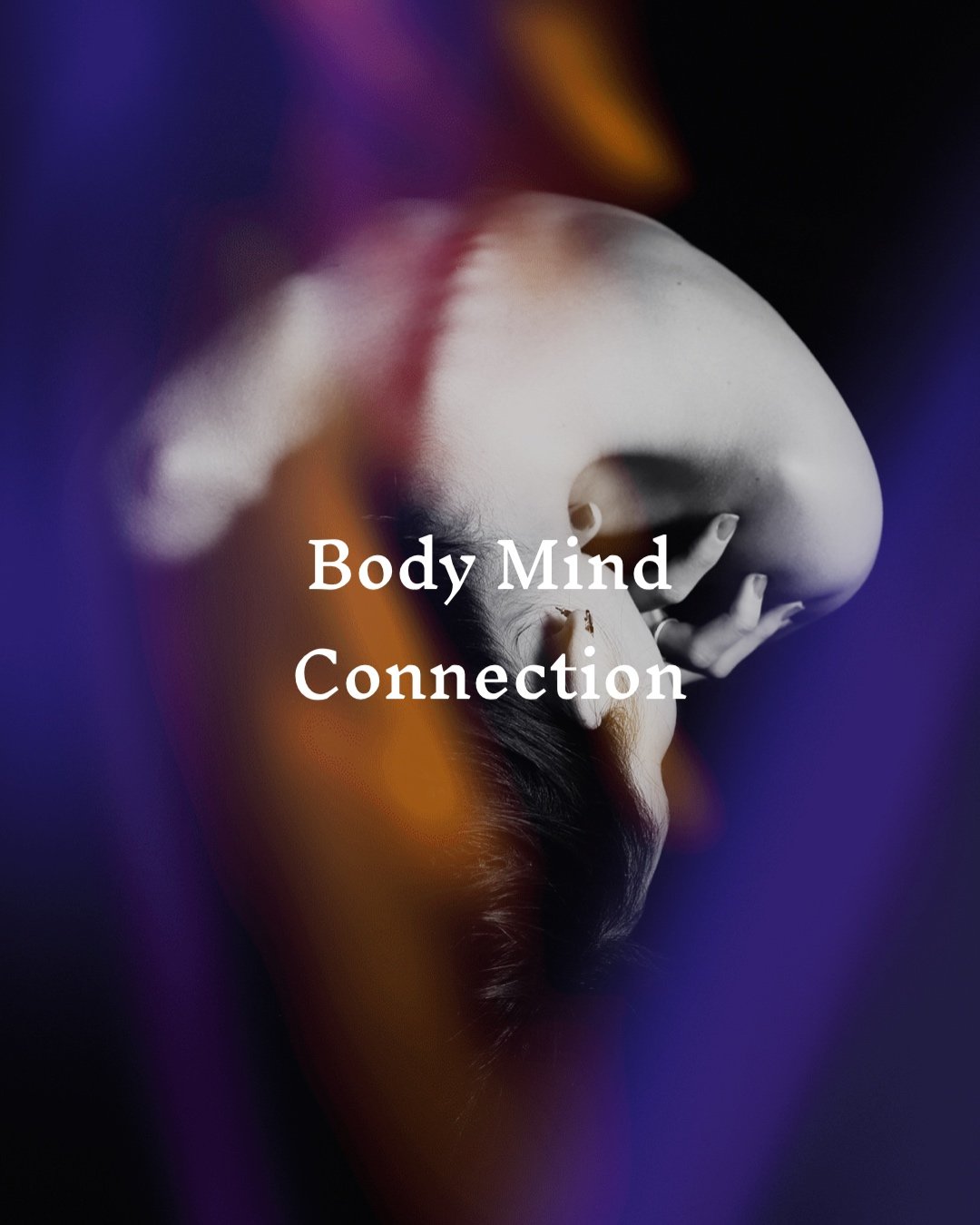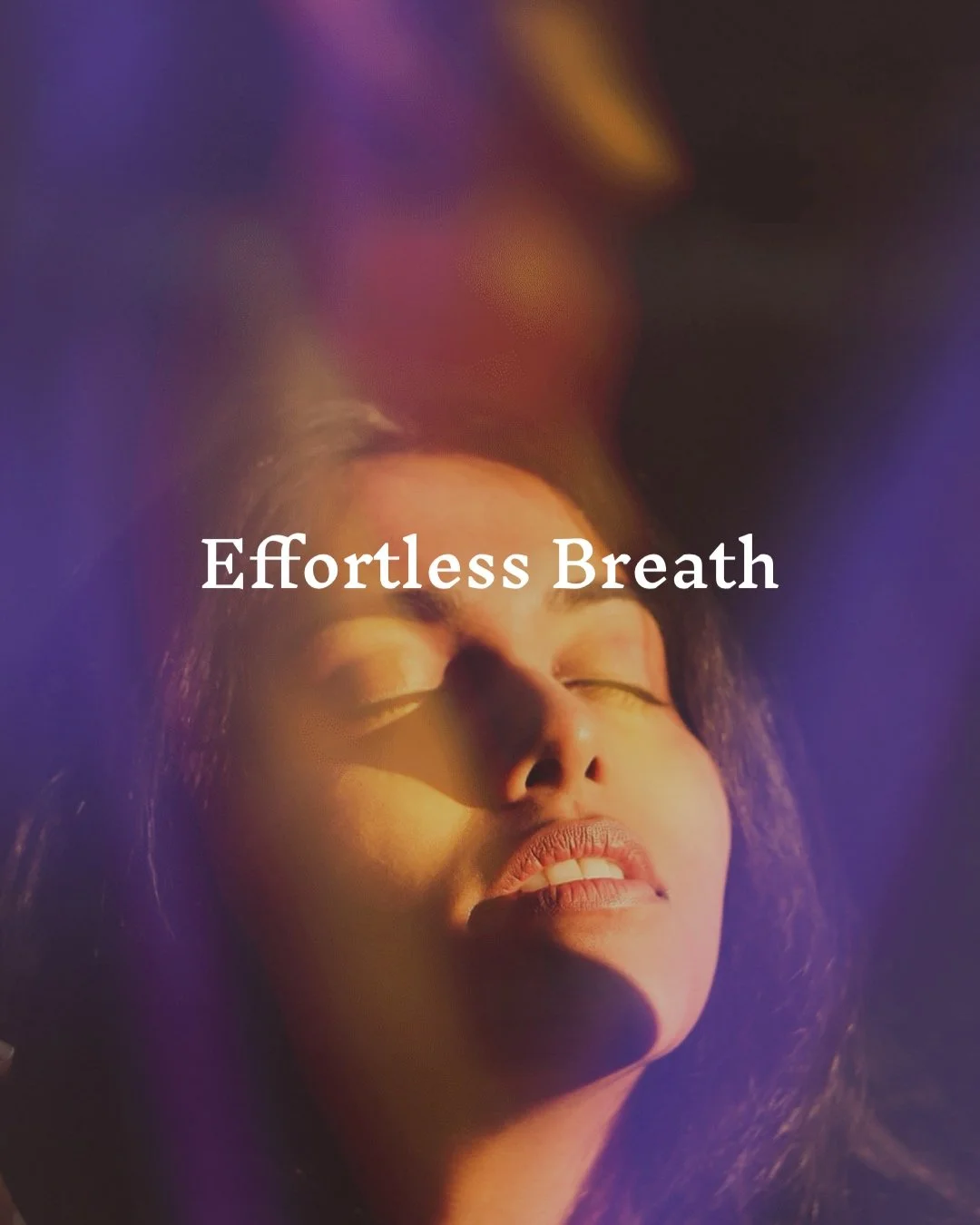The Conscious Breath.
Flowing, filling spaces, softening, expanding, contracting, pulling, pushing, drawing earth-down, releasing skywards, exploring inwards, connecting outwards, waves, jellyfish, heartbeats, emptying out, releasing, holding, sweet space, re-energising, first breath, last breath, entering, exiting, hovering, stillness, spaces in between, sustaining, nourishing, guiding, metronome, rhythm, seeing,feeling, following, connecting, alerting, soothing, rhythmic, pulsating….
Connected or disconnected?
How connected or disconnected are you day to day? To yourself, to your loved ones, to others, to the natural world? Humans and progress, industry and technology, consumerism and survival; it’s tricky navigating life today. Life is fast, it is competitive and we are bombarded with information and stimuli jostling to grab our attention. How do you unplug yourself from the routines, the expectations, the hard work, the noise, the sorrow, the productivity?
Do you stop to ask yourself how you feel, how you really feel? Or maybe there is not the time or space to do so… How can you create the space and time to do so? When you ask yourself how you feel, do you do it through a lens of ‘should be - should do - should have’? Do you ever observe without judgement? Do you ever notice what your body is doing, what signs it is sending to you or to others?
Making/taking time to check in and anchor yourself, amidst the madness; is the best gift you can give yourself. I create spaces and offer techniques and expertise to help women of all ages to do this. It is the best work!
Breath can control our physiological states and learning to tune into breath, mastering simple techniques and practice, can have a profound effect on our wellbeing. Tuning into the rhythm, depth and felt sensation of breath enables present sense awareness, away from the thoughts, the chores, the busy noise of day to day life.
I am currently half way through a Restorative Yoga Teacher Training programme with the most incredible teacher Anna Ashby. A fundamental part of this practice is understanding the nervous system and tapping into the conscious breath in total comfort, totally letting go and gently observing, surrendering and resting. I feel inspired by this beautiful process; creative and unfolding. It is hard to completely let go, it takes practice. Some of us only search for it when things get bad in life. When you do immerse yourself, you can reach a state of awareness beyond thoughts or constructs, a natural state of awareness.
Anna talks about the conscious breath in her book - “When the breath is made conscious- drawn out and subtle - something extraordinary happens. The present moment expands into relief and vibrates with power. Breath becomes a potent teacher mapping the contours of the body, disclosing unnecessary tension, downshifting the nervous system and revealing the joy of being in its flow…. and ebb. Breath symbolises the power of life - its movement and stillness - from beginning, to middle, to end.”
Anna Ashby, Restorative Yoga p98
Learning to rest and to be conscious of breath is the most profound learning. Reaching a completely natural state where the body and mind can just be, without distraction or judgement and without effort. A natural state of being where you lose ego and feel part of something much bigger than yourself. When do we have the opportunity for this kind of experience in our modern lives? Learning how to befriend and explore your breath is a skill and route of inquiry that humans seem to have lost, more than ever, it is a route of inquiry that we seem to truly need in the world we live in today.
Understanding the mechanics and science of breathing is helpful as a starting point.
In short the mechanism of breathing involves two main processes: inspiration and expiration. Inspiration occurs when the diaphragm and the external intercostal muscles contract. Expiration occurs when the diaphragm and the intercostal muscles relax. I like to visualise this like a jellyfish pushing down (concave) on the inhale and relaxing up (domed) on the exhale in a pulsating, underwater rhythm. On the inhale we are pulling in oxygen which goes to the heart to feed it, it then sends the remaining oxygen out to all the trillions of cells in the body, on the exhale the body releases what it does not need and you can release tension like a sigh. The heart is beating and pulsating, your breath has its own rhythm, this beautiful activity inside our bodies is one that we rarely think about. Just think about how this process keeps you alive and what is happening on a micro level inside your body. It is a beautiful and incredible thing. If you are interested and want to watch some videos the British Medical Journal has some on you tube that are simple and informative.
Our breath works with our sympathetic nervous system SNS (fight or flight) and our parasympathetic nervous system PSNS (rest and digest.) When we are stressed our SNS is activated to high alert and our breathing changes automatically, becoming faster, more shallow and often high up in our chest. We can tense our bodies and muscles, tighten our jaws and sometimes we hold our breath when stressed.. These are automatic reactions and we do need to understand when we are in danger. However, we are over-stimulated most of the time, our expectations on ourselves and others are high, our worries and concerns about our individual lives and the state of the world mean that more and more of us live in a heightened state with activated SNS more than we realise or indeed is healthy.
When we slow our breath rate down it activates our PNS, calms us down, slows us down. Breath control was explored historically in the history of yoga and now science has research and data to suggest that breathwork can have positive effects on physical and mental wellbeing. Like this research paper published by the National Library of Medicine.
It is important to understand the body and mind connection in relation to stress and breath. Just thinking about stressful situations can activate a stress response. You could be in imminent danger while crossing the road when a car approaches too fast, but you can also activate your fight or flight response by thinking about a past memory, or worrying about something that you have to do or a situation you are in. Both trigger the same response.
Equally, you can cultivate a practice where you use your breath to calm and soothe yourself. Just through the act of turning your attention to its rhythm, Slowing the breath down. Softening. Feeling the cool air as it enters your nostrils, moves down your throat to your chest, fills your abdomen, expands your ribcage and moves down towards the earth as your whole body swells on the inhale. A slight pause at the top, feeling a beautiful stillness. Then, slowly, softly, the breath travels back up from your roots and leaves your nostrils as warm soft air, as your body releases what it doesn’t need. Another sweet pause on the emptying out, whilst noticing the stillness. The exhale extends slower and longer than the inhale. This is a gateway to meditation: your focus is taken away from yourself, your world, the noise and into your inner landscape and you become part of something bigger than your world. You become immersed in the wonderful comfort and rhythm of your breathing and how it feels in your body. You can practice and master the art of down regulating your nervous system.
Pranayama is the yogic practice of focusing on breath. In yoga, breath is associated with prana, thus, pranayama is a means to elevate the prana-shakti, or life energies. Pranayama is described in Hindu texts such as the Bhagavad Gita and the Yoga Sutras of Patanjali.
As a qualified breathwork coach and yoga teacher I have learnt different breathing techniques rooted in the history of yoga. Breathwork to bring you up, to regulate and to relax. In different types of yoga, different approaches to breath and movement, or breath and stillness are taken. In vinyasa flow or ashtanga styles the flow and movement is matched by a flow and movement of breath, a kind of meditation in motion. In yin yoga, a slower approach with the breath marries with deep stretch asanas (postures) allowing the body to surrender to gravity working the fascia but also quieting the mind and exploring felt sensations in the pose and in the breath.
In restorative yoga we use many props to set up a nest of total comfort for the body where we can completely let go and focus on breath and deep somatic enquiry this is where I find effortless breath a revelation, not counting or forcing just letting it flow naturally and feeling it and following it. This has taken me to a space that is ultimately healing, creative and alive, it allows my body time and space to repair, release and heal but also on a deep level it allows me to settle into stillness which in turn enables me to gain awareness and often problem solve, resolve issues without thinking.
I wanted to share today’s restorative yoga practice with you. Taking one restful pose allows me to tune into my breath and my body and here I attempt to describe the process.
Mood/ feelings: fragile & tired
Physical: heavy, slow, achey & womb pain
Set up: savasana corpse pose, using a bolster under my knees a blanket rolled to support my neck and head and a belt around my thighs, covered in a snuggly blanket.
Initial fidgets- neck and head never feels centred at first. Neck head shoulders tense- holding. Noticing holding via my breath. Sacrum achey. Great joy in adjusts to sacrum and shoulders. Moving shoulder blades down my back. Jaw holding. Tongue holding. Releasing jaw, root of tongue.
Breathing - I start to purposely breathe deeply and this feels a bit forced. So I move to a slow deep inhale and sighing it out a few times. To settle in.
A few more fidgets. Dogs licked my mouth and stood on my tummy. Then settled. A few thoughts came in. Writing this blogpost etc. One last fidget and adjust. Dogs snuggled in one on each side in the space between my body and my arms. So warm. Feet a little cold under the blanket so will wear socks next time.
Then I totally let go. I noticed my shoulders, neck and upper back completely let go. Breath softened. Nothing was forced. I followed my breath from my crown down deep into my body and back up and out of the crown of my head. I see my diaphragm as a jellyfish. I am drifting, settling. I see colours of reds and yellows, soft, pulsating and a dome of colour over and seeping into my womb.
Dropping down like in the ocean to the sea bed. Still, enveloped, inside myself watching the million intricate rhythms at work , repairing, feeding, pulsating. Soft and at ease. I am pulsating deeper and rising up to the surface. Then deeper and rising. Slow floating. With the rhythm of my breath guiding me….
My Daughter rang. It brought me back up. And I was aware that I must have been there for an hour! I slowly came round. Rolled over. Dogs seemed very pleased and super chilled.
I feel so much better for it. Grounded, repaired and aware of how I have been feeling these past few days but not judgemental. Like I may have been in the past. Just aware.
Sometimes it is hard to practise. Set it up and find the right time. Today I needed to practise. And that’s how it should be. Not a regime but a felt need and response.
Breathing in yoga and meditation has historically been linked to enlightenment. Take this to a contemporary context and the power of the breath to guide people back to a natural state, a calm state in body and mind, realising we are not our thoughts, we are part of something much bigger. A space and state of being in the present moment that is ours, no matter what the external forces are that are pushing and pulling at us. A gorgeous expansive, soft, grounded space of stillness in an increasingly complex world. It can be ours to discover and it is free. It is already there, just waiting to be befriended.
If you wish to experience or find out more about how I work with breath please see the following:
Weekly Yin & Restore Yoga Classes
in person class in Winchester on Friday evenings 6-7pm. This practice is for women to put a space between the week and weekend, to connect to their breath through yin yoga and two restorative poses each week.
MOVE, BREATHE, SWIM, CLEANSE
Breathwork, wild swimming and sauna sessions at the Fallen Willow Sauna, Hampshire.
Wednesday Lunchtime Online Yoga Club
A beautiful vinyasa flow matching breath to movement.
Bedtime Yoga Nidra Online
Full/ New Moon Meetups Online
Yin Yoga, Cacao and Sound Bath Events
Weekend Wellness Retreats
To find out more info visit our website
Book any of the above here
Coming Soon
Yoga Brunches for multigenerational women in Hampshire.
The Conscious Breath - a short modular course. Online, including practice videos, lectures and exercises to learn, practice and live life with a more conscious breath. This course will be part of a portfolio of stand-alone modular courses that are affordable and accessible and form a series of ‘Toolkits for Self-Care’.







